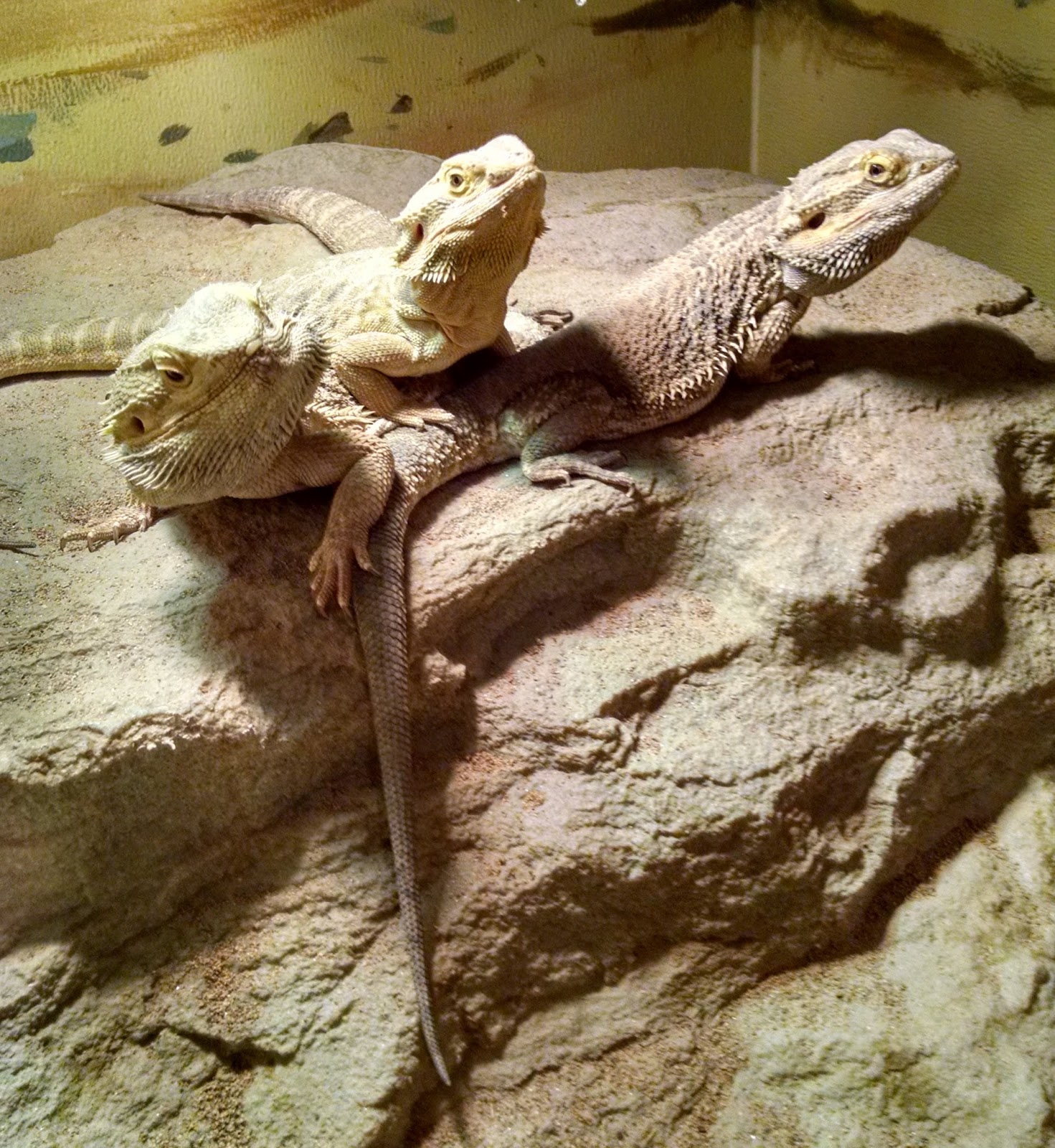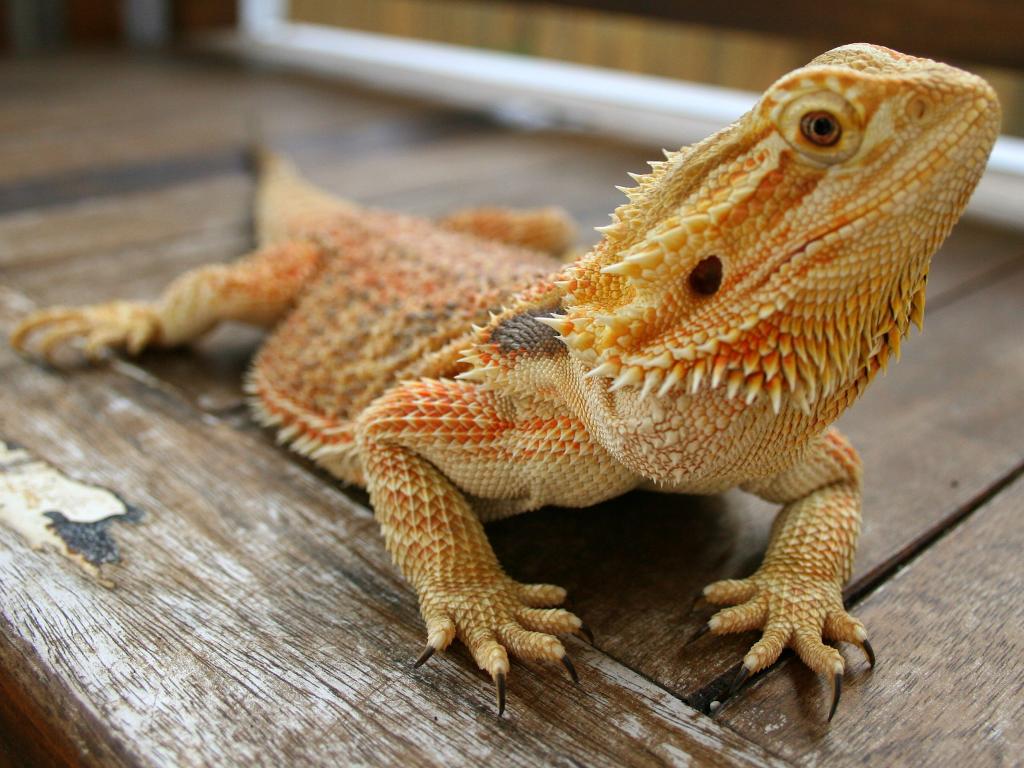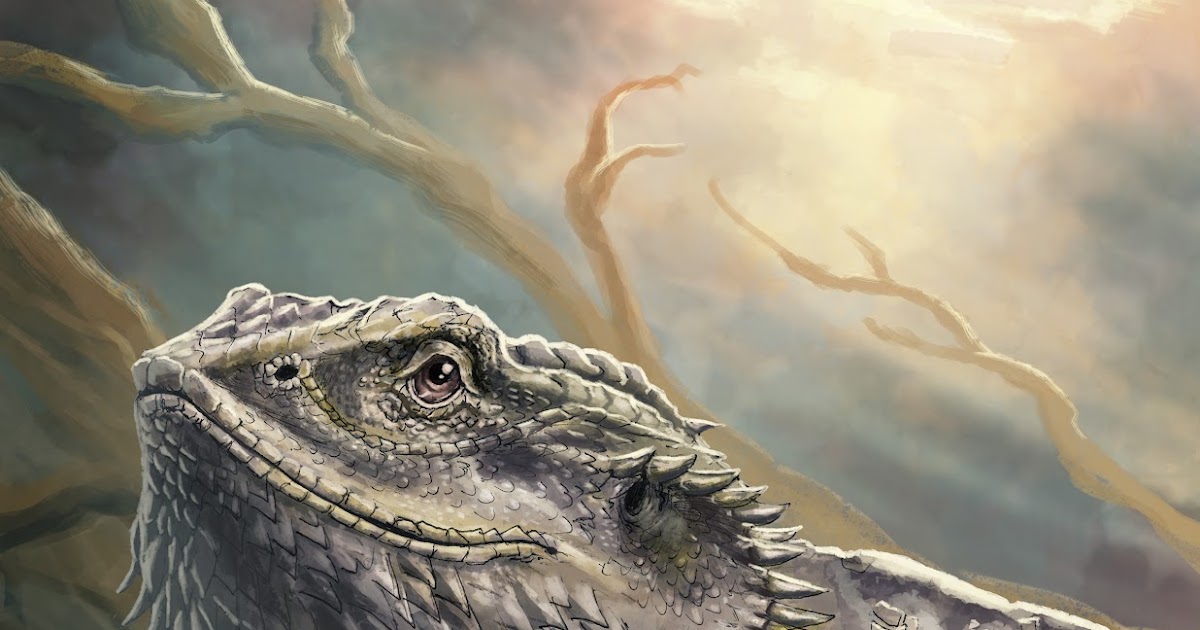Bearded Dragon for Pet: The Ultimate Beginner's Guide to Choosing, Caring and Bonding with Your New Lizard Companion
Bearded Dragon for Pet: What You Need to Know Before Adopting One
Are you considering getting a bearded dragon as your new pet? Congratulations! These lizards are famous for their calm and friendly personality, making them an excellent option for first-time reptile owners. However, keeping a bearded dragon healthy and happy requires some knowledge and effort on your part. In this guide, we’ll cover everything you need to know to choose, care, and bond with your new bearded dragon companion.
Choosing a Bearded Dragon as Your Pet
Before adopting a bearded dragon, it’s crucial to learn about their needs, behavior, and health requirements. Most importantly, you’ll need to make sure your environment is suitable for these lizards. Here are some factors to consider when choosing a bearded dragon as a pet:
- Size: Bearded dragons can grow up to 2 feet long, including their tail. Make sure you have enough space to accommodate their size. A 40-gallon tank is suitable for one adult bearded dragon.
- Lifespan: Bearded dragons can live up to 10-15 years with proper care. Are you ready for a long-term commitment?
- Personality: Bearded dragons are docile and friendly. However, each individual has a unique personality, and some may be more active or shy than others. Make sure to interact with the lizard before adopting to see if their personality suits your lifestyle.
- Upfront Costs: Bearded dragons require proper heating, lighting, and diet. Make sure you can afford the initial investment in their habitat and equipment.
- Time: Bearded dragons need daily care, such as feeding, cleaning, and socialization. Make sure you have enough time to dedicate to your new pet.
Caring for Your Bearded Dragon
Bearded dragons require specific conditions to thrive. Here are some care requirements and tips to keep your pet happy and healthy:
Habitat
Bearded dragons are native to Australia, where they live in arid and semi-arid regions. Their habitat requirements include:
- Enclosure: A 40-gallon tank is suitable for one adult bearded dragon. Younger dragons may require smaller tanks, while larger adults may need a larger enclosure. Make sure the tank has secure lids and borders, as beardies are excellent climbers and escape artists.
- UV Lighting: Bearded dragons need access to UVB lighting, as it’s crucial for their calcium metabolism and overall health. Provide a UVB bulb that covers at least two-thirds of the tank and replace it every six months.
- Basking Spot: Bearded dragons are ectothermic (cold-blooded), meaning they require a heat source to maintain their body temperature. Provide a basking spot with a temperature of 100-110 °F (determined with a thermometer).
- Substrate: Avoid using loose substrates, such as sand or gravel, as they can cause impaction if ingested. Use newspaper, paper towels, or reptile carpet instead.
- Hide Spots: Bearded dragons need a private and shaded place to rest and feel safe. Provide at least two hide spots, one on the warm side of the enclosure and one on the cooler side.
Diet
Bearded dragons are omnivores, meaning they eat both animal and plant matter. A balanced diet for a bearded dragon should include:
- Insects: Offer gut-loaded insects, such as crickets, mealworms, and dubia roaches. Avoid feeding wild-caught insects, as they may carry parasites.
- Vegetables: Offer a variety of chopped vegetables, such as collard greens, kale, mustard greens, squash, and bell peppers. Avoid offering spinach and iceberg lettuce, as they may contain harmful compounds and reduce calcium absorption.
- Fruits: Offer a variety of chopped fruit, such as berries, apples, mangoes, and bananas. Offer fruit in moderation, as it contains high amounts of sugar.
- Supplements: Dust the insects and vegetables with calcium and vitamin D3 supplements. Ask your veterinarian for specific recommendations.
Behavior
Bearded dragons are fascinating and interactive pets. Here are some tips to understand and bond with your bearded dragon:
- Handling: Bearded dragons are friendly and enjoy being held and petted. However, make sure to support their body and avoid grabbing their tail, as it may break off easily.
- Socialization: Spend time with your bearded dragon outside of their enclosure. Offer a comfortable and secure place to socialize, such as a bath or a playpen. Interact with them regularly to build trust and affection.
- Communication: Bearded dragons communicate through body language and color changes. For example, they may puff their beard, darken their body, or wave their arm to show dominance, submission, or affection. Observe your bearded dragon’s behavior to learn about their mood and needs.
- Sleep: Bearded dragons require 12-14 hours of sleep per day. Provide a comfortable and dark place for them to sleep during the night.
- Vet visits: Bearded dragons need regular check-ups with a reptile veterinarian to ensure their health and prevent diseases. Schedule a visit at least once a year.
Conclusion
Bearded dragons are delightful and low-maintenance pets. By providing the right habitat, diet, and socialization, you can enjoy a long and meaningful relationship with your bearded dragon. Remember to do your research and consult with a veterinarian if you have any doubts or concerns. We hope this guide has helped you in your journey to becoming a happy and responsible bearded dragon owner. Good luck!
Images






